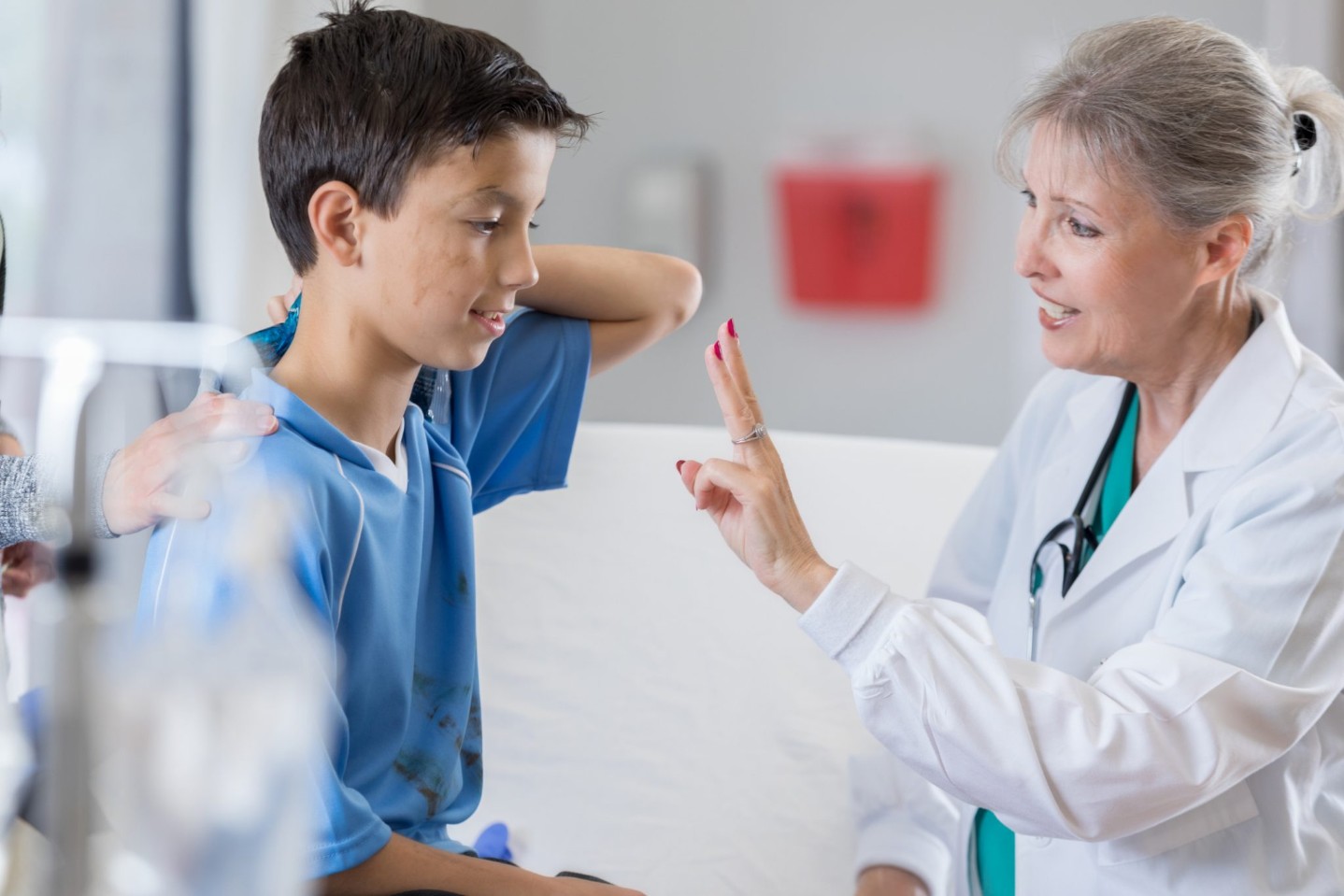Unmasking MS: More Common Than You Think, and Why We Fight So Hard
DEC 03, 2025MS is not rare. It’s estimated that nearly 1 million people in the United States and 2.8 million worldwide live with MS.
Read More
When and how to return to normal activity after a concussion is oftentimes challenging since a concussion may cause a constellation of symptoms. The greatest challenge is determining what symptoms are aggravated, with which type of activity and to what extent.
Returning to normal activity tolerance begins once a concussion has occurred. It is important to allow the brain time to heal but not as much as was once thought. 24-48 hours of complete rest is recommended after a concussion. This should include rest from all sensory stimulation including light and sound, which means limiting screen exposure.
This should also include rest from mental and physical activity. Physical activity to be avoided for this time frame includes sports and social activities. Limiting cognitive demands is also important, including school and work activities.
After a day of rest, a gradual reintroduction of normal day to day activity is recommended. This should be a slow reintroduction of physical and mental activity all while monitoring for a change in symptoms. Most concussive symptoms will improve within 7 days to 2 weeks after occurrence.
If symptoms persist after 2 weeks, medical intervention is advised, which can include medical teams with specialized physicians, speech therapists, occupational therapists and physical therapists. Physical therapists that have experience working with concussion problems or vestibular disorders are recommended.
How does vestibular rehabilitation relate to concussions? The vestibular system includes the inner ear, which is very small and sensitive to trauma. It lies close to the skull just behind the ear. This system helps balance and senses head movement. The inner ear also allows your eyes to stay focused while the head is moving. Trauma from concussions can cause damage to this system or the connections to the brain. Symptoms of a damaged vestibular system include dizziness and imbalance.
Occupational Therapy can help recovery by addressing visual changes that can occur, such as double vision and light sensitivity, by improving visual tolerance and neuro-cognitive abilities. Occupational Therapists also work with patients to set activity goals and to put in place activity pacing techniques to assist patients with maximizing participation in valued life roles and routines.
Speech therapy can help with a variety of cognitive-communication difficulties, such as language, concentration, attention, memory, and executive function, which includes planning, organizing and implementing tasks. Therapy involves education regarding symptoms, discussion regarding return to cognitive tasks, strategies to decrease symptoms, and using neuroplasticity (the brain's ability to modify, change and adapt) to improve areas of difficulty.
Returning to normal activities is dependent on how your symptoms change with physical and mental activity. Therapy guidance will help to gradually increase your exposure to activity while monitoring your symptoms. Your therapist will implement various modalities or exercises including the Buffalo Treadmill Test and the Interactive Metronome to help return to normal activity. This approach has been shown to enhance recovery and a return to normal activity after a concussion.
If you'd like more information on concussions, reach out to your CHI Health provider.

MS is not rare. It’s estimated that nearly 1 million people in the United States and 2.8 million worldwide live with MS.
Read More
While we can't always pinpoint an exact cause for every aneurysm, we've identified several key risk factors that can increase the likelihood of developing one, and more importantly, the risk of it rupturing.
Read More
Alzheimer's is a progressive brain disease that slowly destroys memory and thinking skills, and eventually, the ability to carry out the simplest tasks.
Read MoreWhen you need local health information from a trusted source, turn to the CHI Health Better You eNewsletter.